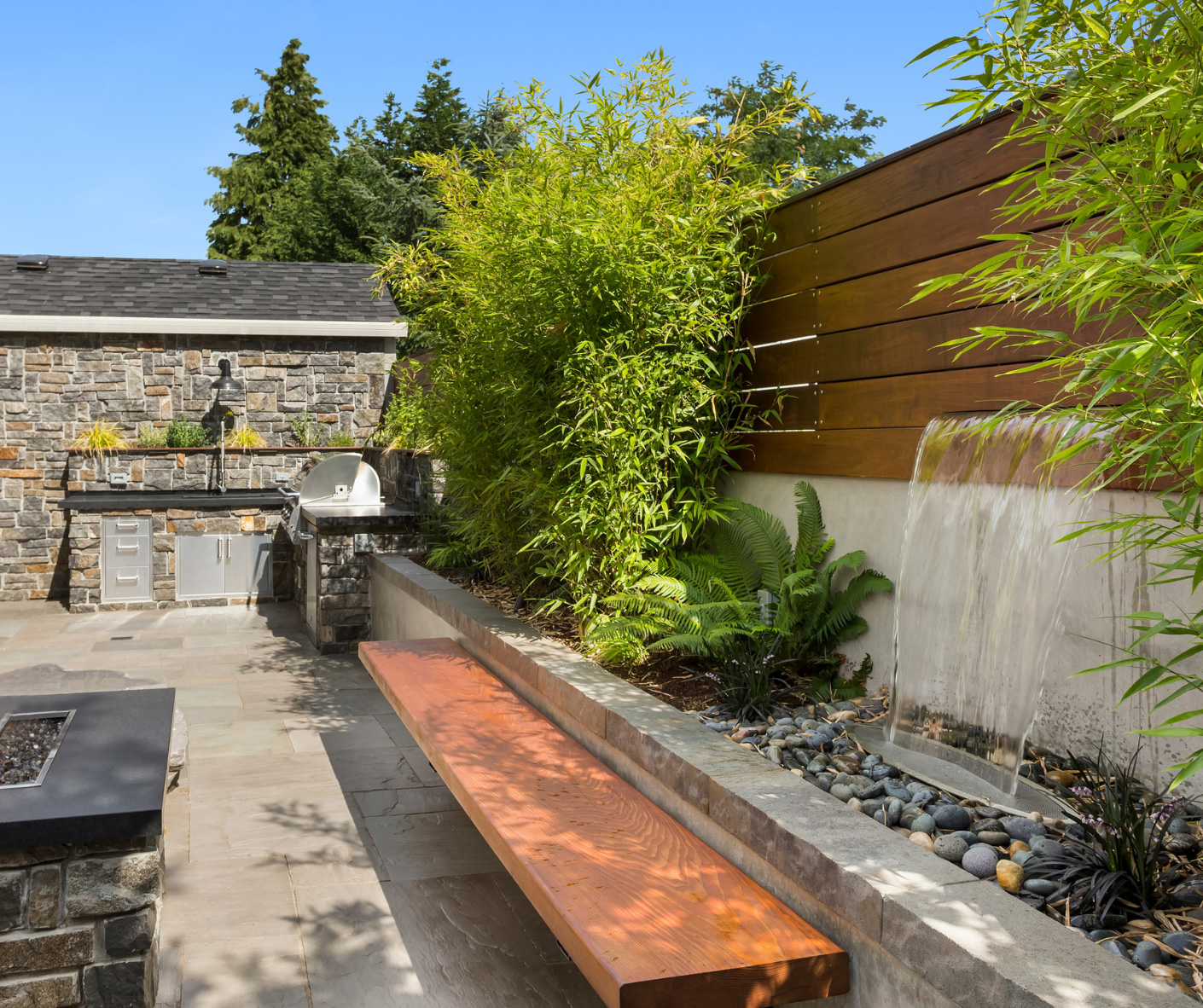
Spring has sprung and so has the grass. There is nothing wrong with a traditional grass lawn. There are, however, some drawbacks. Traditional turf lawns carry a price tag. You need fuel for mowers, fertilizers, pesticides, and watering, just to name a few. The cost is not only in money out of your pocket. Standard grass lawns are extremely tough on the environment.
The developing water shortage crisis in the United States has prompted many homeowners to turn to low-maintenance lawn alternatives. There are plenty of options. Choices include everything from red clover as an eco-friendly lawn alternative to ornamental grasses and flower beds, all sharing sustainability as a common denominator.
Minimizing your turf lawn or replacing it altogether can be a major undertaking. Getting rid of all the grass and planting a new ground covering, even in a small area, is not a small project. However, with the right planning it will absolutely pay off. You may even see a return on investment before the growing season is over. Bobvilla.com offers options in Keep Off the Grass: 5 Alternatives to a Traditional Lawn.
Here are some other options to a traditional lawn:
- Wood Chippings or Bark
Wood chipping is commonly used in flower beds as a ‘mulch’ to improve the soil, but it is also more attractive than soil. For a larger area you can buy play grade wood chips or bark. This will be cleaned and free from pests and weeds.
Wood chip and play bark is inexpensive, good for the soil because it retains moisture and improves texture, and it suppresses weeds. It provides a soft base for children to play on. However, over time it will rot and will need to be topped up.
- Gravel and Cobbles
Gravel and cobble come in many colors, shapes, and sizes, making it a great option for all areas and various uses as a grass alternative for the lawn. A number of different varieties can be mixed to create zones and add interest.
Pea shingle would be most suitable for a play area as the impact would be slightly softer than larger or rough cut stones. However, it is not going to be as soft as turf or other finishes and there is a potential choking hazard for small children. Rough or angular gravel is best suited to driveways and footpaths as the stones compact together under pressure.
- Decomposite Granite
Included as one of thespruce.com’s The Best Draught Tolerant Lawn Alternatives , decomposite granite may look like dirt, but decomposed granite (DG) is actually a gritty, crumbly granite rock that binds together when compacted. Unlike dirt, it does not create dust or particles when you walk on it. For areas that do not need to be paved or landscaped, DG is a great solution. In addition to replacing your lawn with DG, think about using it for other areas that do not necessarily require paving, like driveways, patios, or pet spaces.
- Permeable Pavement
Gaining popularity and considered a sustainable form of hardscape, permeable pavement allows rainwater to seep into the ground as it falls rather than running off into storm drains or waterways. Permeable paving acts like a sand filter, forcing water to pass through varied sizes of aggregate and/or filter fabric.
It is important to select the right kind of pervious pavement for certain areas or applications. Types of residential permeable paving available include permeable concrete, permeable asphalt, and pervious interlocking pavers.
If you have decided that you want to spend less time, money, and energy on a traditional lawn this summer, the Patera Landscaping team is ready to find the perfect alternative for you!
Contact us today!